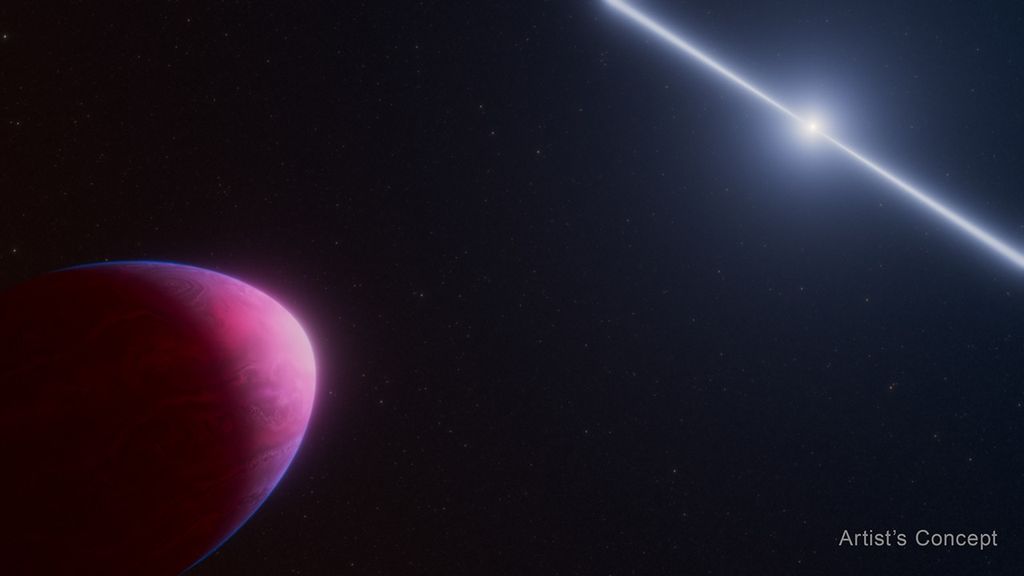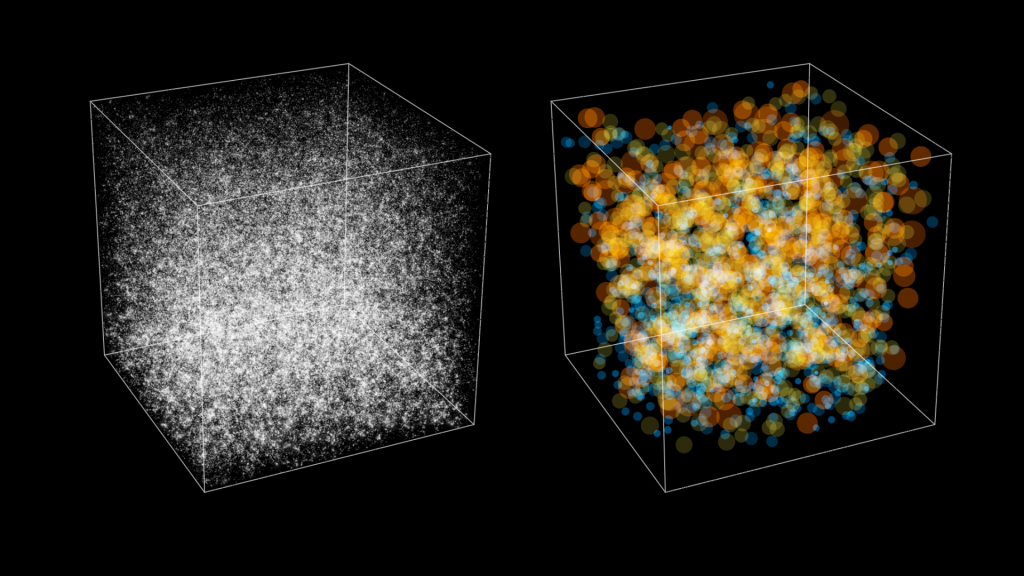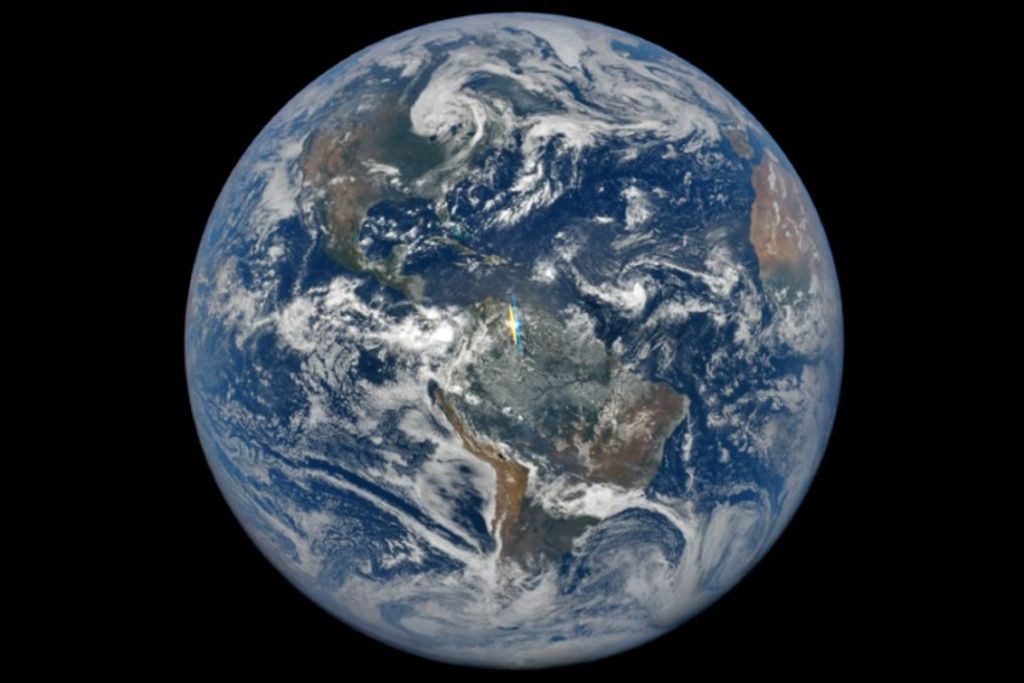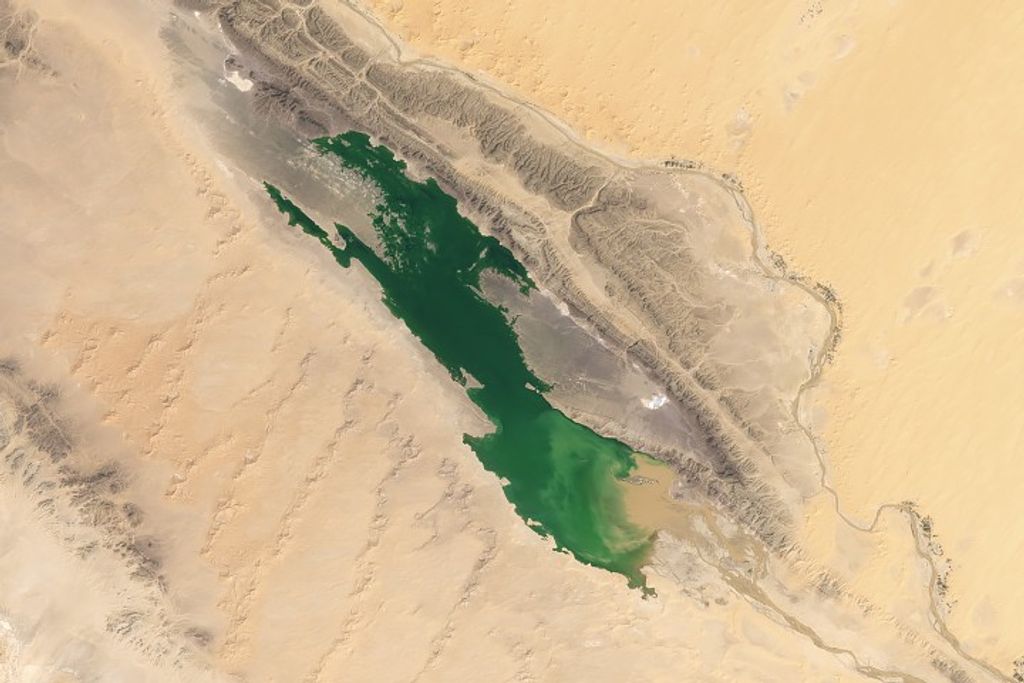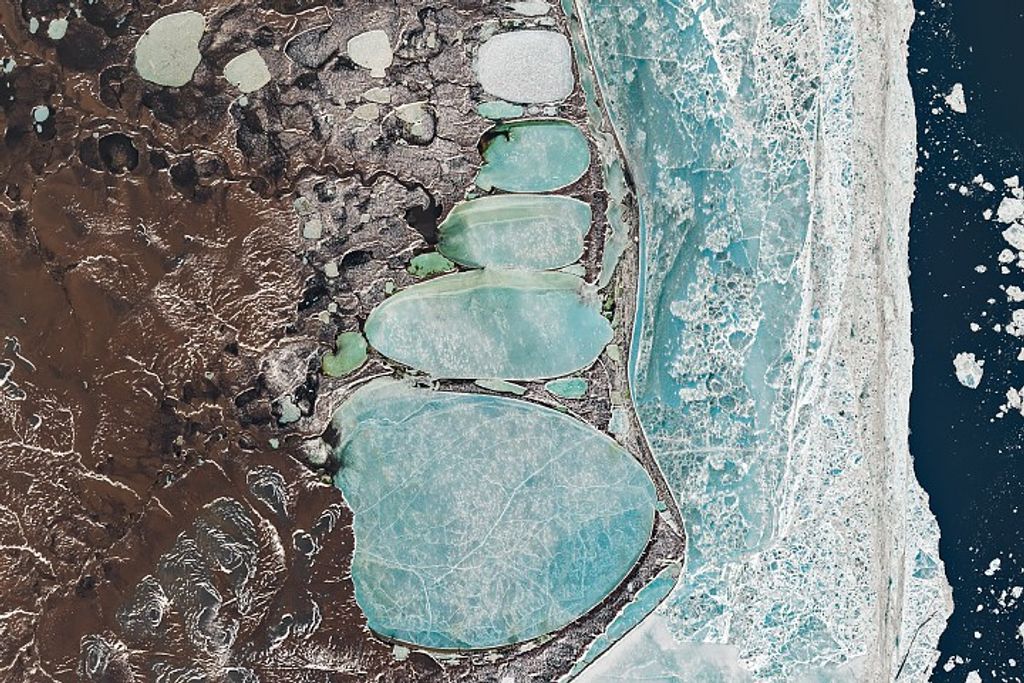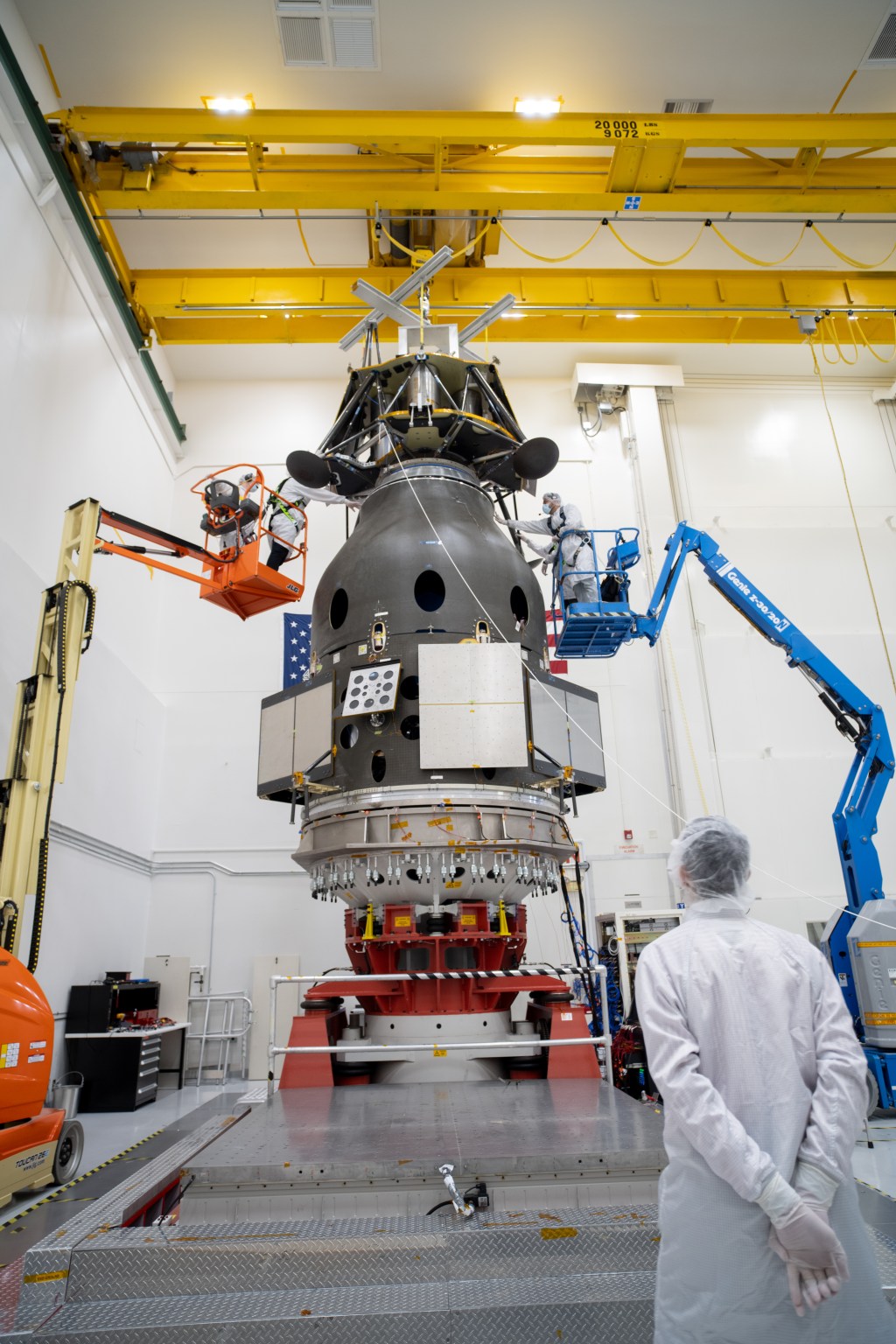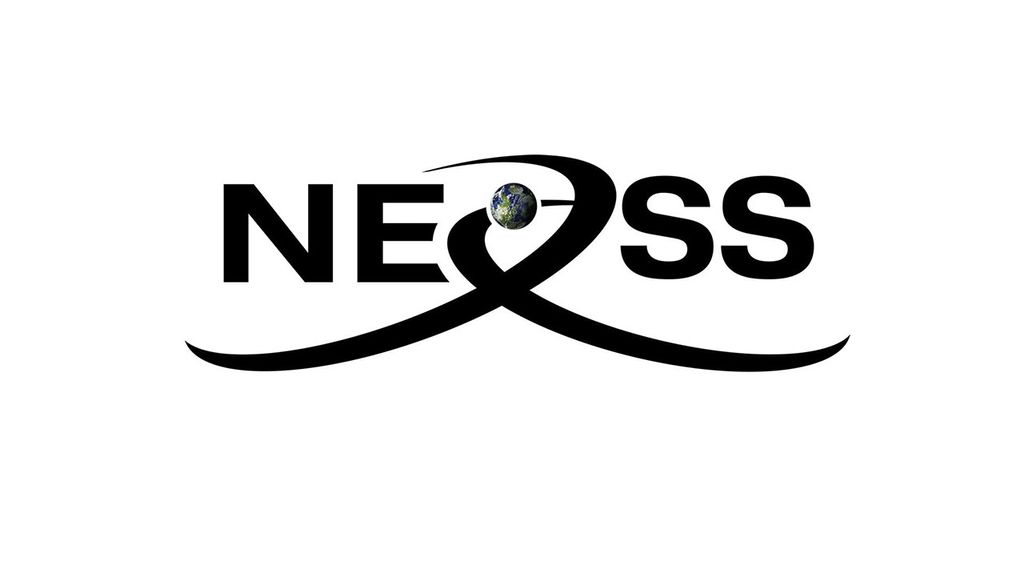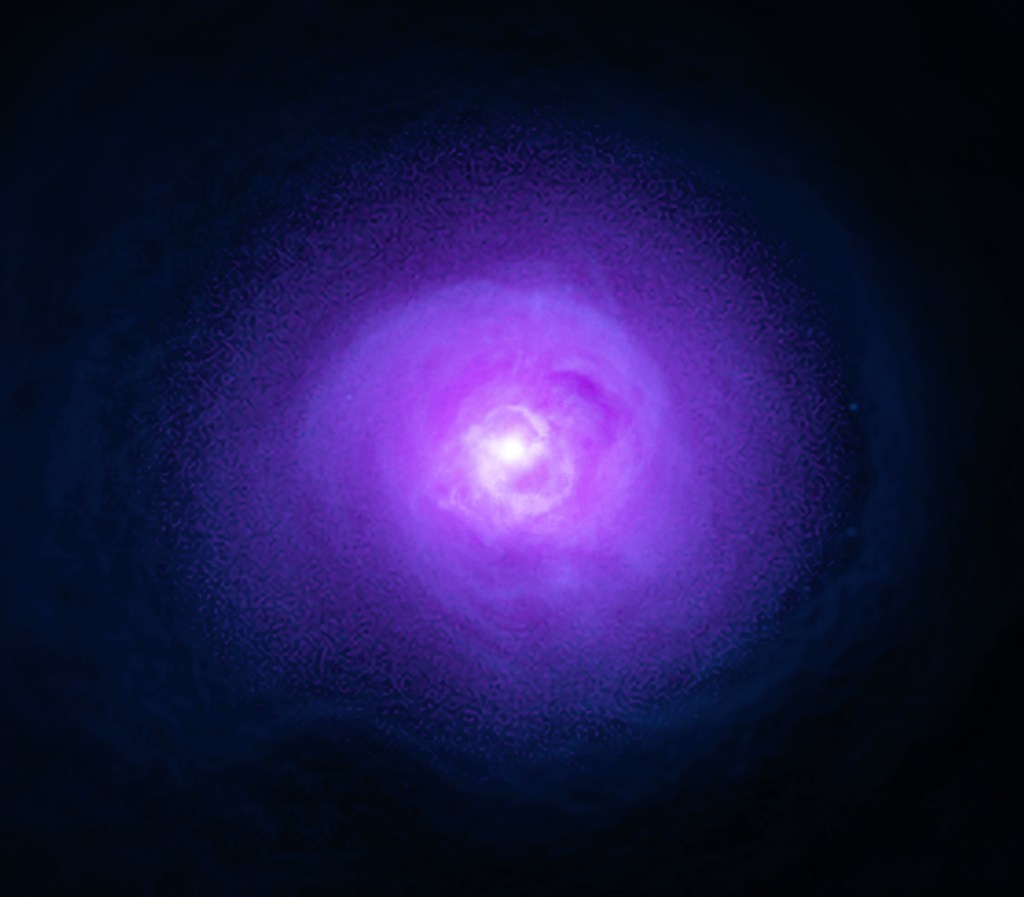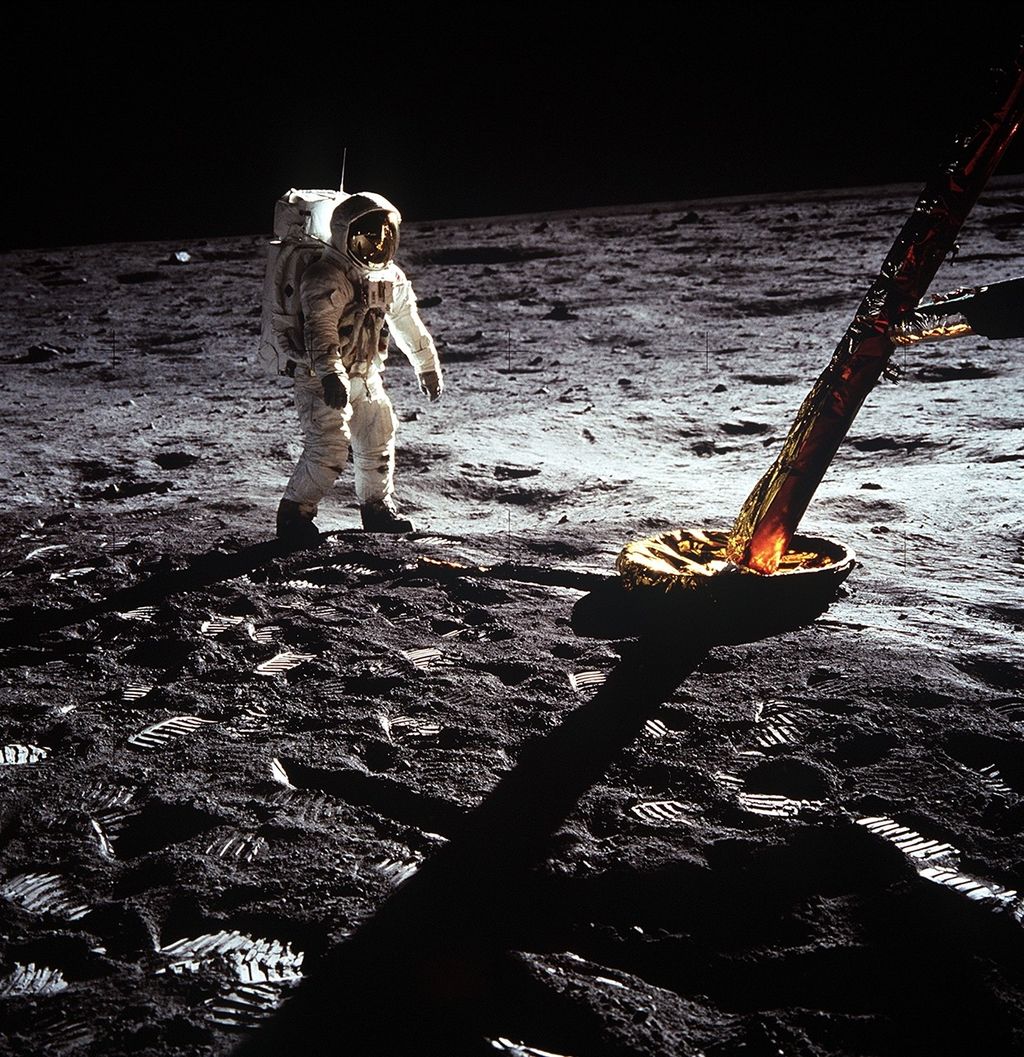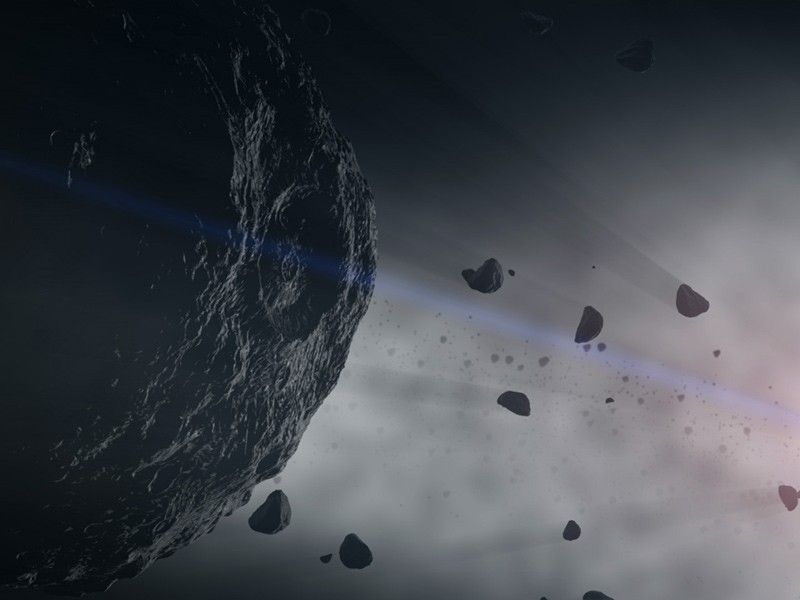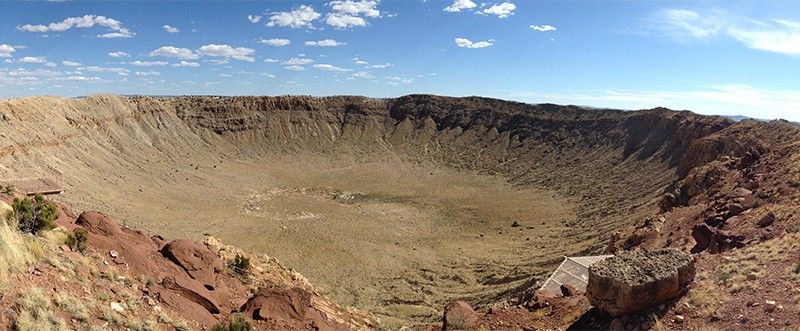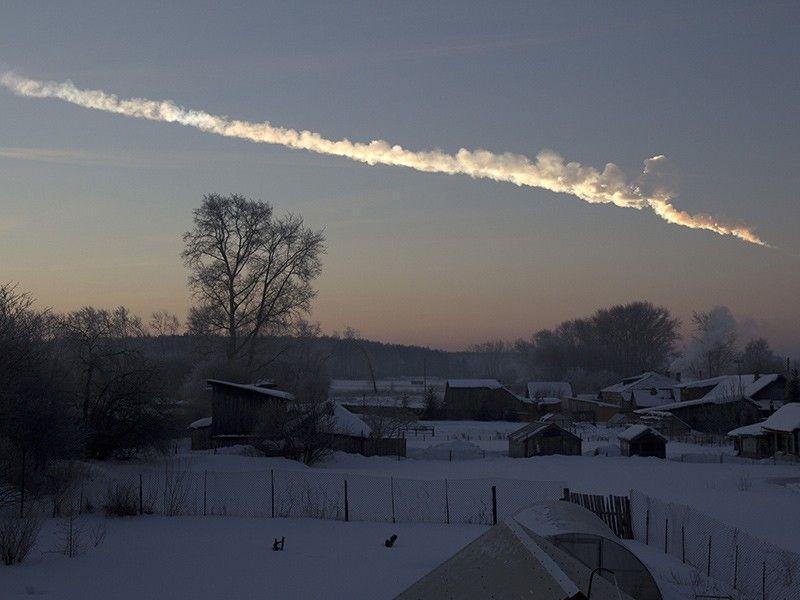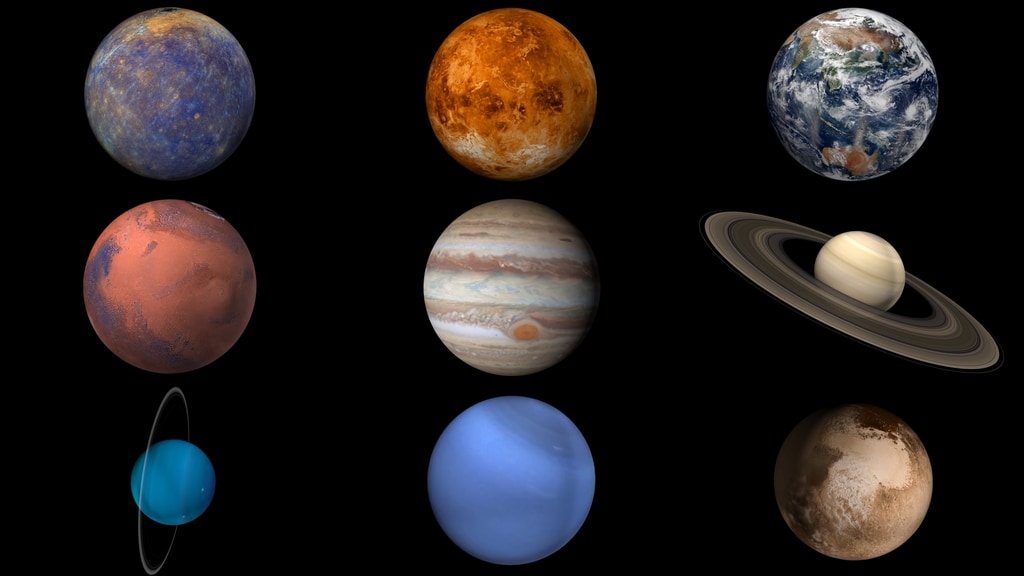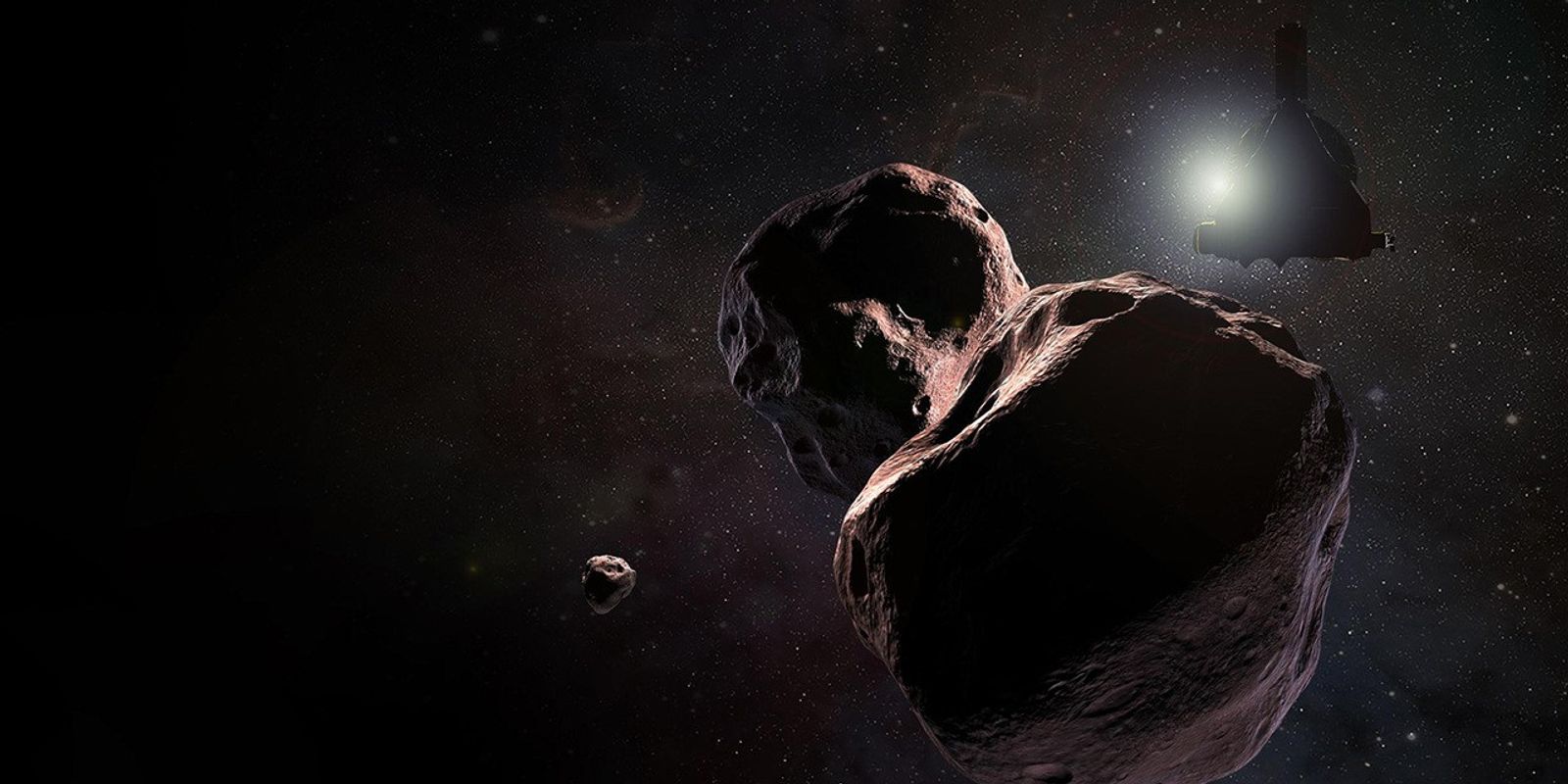
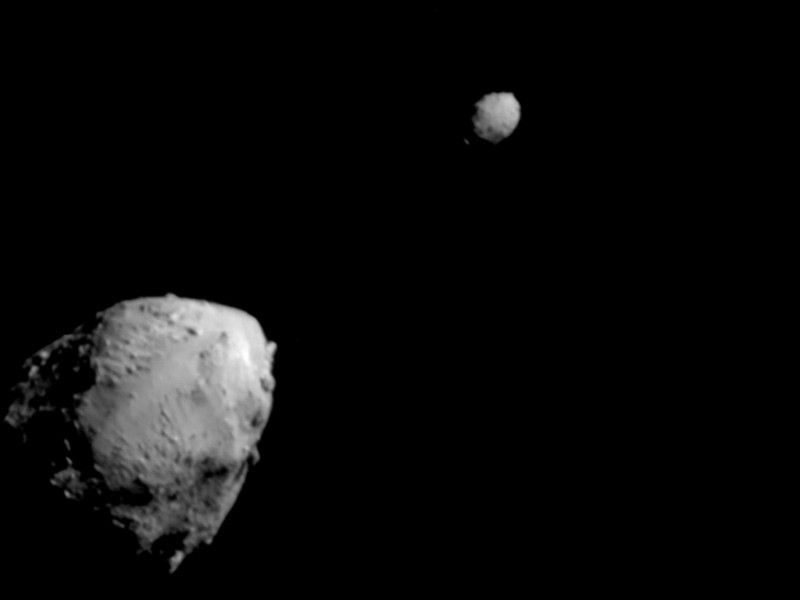

Asteroid Facts
Asteroids, sometimes called minor planets, are rocky remnants left over from the formation of our solar system about 4.6 billion years ago.
Introduction
Most asteroids can be found orbiting our Sun between Mars and Jupiter within the main asteroid belt. Asteroids range in size from Vesta – the largest asteroid at about 329 miles (530 kilometers) in diameter – to bodies that are less than 33 feet (10 meters) across. The total mass of all the asteroids combined is less than that of Earth's Moon.
Sometimes, asteroids and comets are nudged into Earth's neighborhood by the gravity of nearby planets. These objects are called Near-Earth Objects, or NEOs. About 99% of NEOs are asteroids. Their closest approach to the Sun is less than 1.3 times Earth's distance from the Sun.
Most asteroids are irregularly shaped, though a few are nearly spherical, and they are often pitted or cratered. As they revolve around the Sun in elliptical orbits, the asteroids also rotate, sometimes quite erratically, tumbling as they go. More than 150 asteroids are known to have a small companion moon (some have two moons). There are also binary (double) asteroids, in which two rocky bodies of roughly equal size orbit each other, as well as triple asteroid systems.
Will an Asteroid Ever Hit Earth?
It is highly unlikely that an asteroid large enough to cause widespread damage will impact Earth for the next 100 years or more, according to scientists at the Center for Near Earth Object Studies (CNEOS) at NASA’s Jet Propulsion Laboratory in Southern California. CNEOS specializes in tracking asteroids and comets, calculating their orbits, and determining whether any of them are hazardous to Earth.
As telescopes scan the sky with the main goal of discovering objects large enough to cause damage to Earth’s surface, they will occasionally detect much smaller objects on a collision course with Earth. These objects are generally just a few feet (meters) in size, and reach Earth’s atmosphere a few times per year causing no damage. Impacts by larger objects are much less frequent and happen over very long timescales on average.
Asteroids and comets that have orbits that can bring them into Earth’s neighborhood are called Near-Earth Objects (NEOs). They orbit within 30 million miles (48 million kilometers) of Earth’s orbit, or about one-third the distance between Earth and the Sun. The vast majority of NEOs are asteroids. They range in size from a few feet across to several miles wide. Thousands of NEOs have been discovered. The latest discovery statistics are updated regularly on the CNEOS website.
An asteroid is considered to be a potentially hazardous asteroid (PHA) when its orbit comes within 4.6 million miles (7.5 million kilometers) of Earth’s orbit, and it has an estimated diameter of 460 feet (140 meters) or greater. This potential to make a close approach to Earth does not mean a PHA will impact the Earth. It only means there is a possibility for such a threat.
Asteroid Hazards by the Numbers: How Big? How Often? How Bad?
● 30 feet (10 meters) Asteroids of this size impact Earth about once a decade, causing a very bright fireball, and a strong sonic boom. They can break nearby windows.
● 160 feet (50 meters) It’s predicted that asteroids of this size impact Earth about every 1,000 years, and cause local devastation. They may, or may not create an impact crater.
● 500 feet (140 meters) An asteroid of this size hits Earth about every 20,000 years, creating a crater 3,000 feet to 7,000 feet (1 to 2 kilometers) in diameter. The asteroid could cause deaths across metro areas and states depending on the impact location. Asteroids this size and larger that come close to the Earth's orbit are called potentially hazardous asteroids, or PHAs.
● 3,000 feet (1,000 meters) An asteroid of this size impacts Earth about every 700,000 years, causing a 6-mile (10-kilometer) wide crater. It would cause global devastation, and possibly the collapse of civilization.
● 6 miles (10,000 meters) It’s estimated that asteroids of this size hit Earth about every 100 million years. They leave 60-mile (100-kilometer) wide craters, cause global devastation, and mass extinctions of life.
Large Asteroids Have Hit Earth in the Past
Over long time periods, large asteroids occasionally crash into Earth and leave craters such as Arizona’s Barringer Crater (also known as Meteor Crater). The crater is about 0.75 miles (1.2 kilometers) wide and 600 feet (180 meters) deep. The asteroid that created the crater about 50,000 years ago is thought to have been between 100 to 170 feet (30 to 50 meters) in size. Most of the asteroid melted or vaporized on impact.
A house-sized asteroid exploded over Chelyabinsk, Russia, on Feb.15, 2013. The explosion released the energy equivalent to about 440,000 tons of TNT, generating a shock wave that damaged some buildings and blew out windows across 200 square miles. Hundreds of people were injured in the blast, mostly due to the broken glass.
Another impact site, the Chicxulub Crater off the coast of the Yucatan Peninsula in Mexico, is buried by ocean sediments today. The crater is 112 miles wide (180 kilometers) and 3,000 feet deep (900 meters). Most scientists consider it the "smoking gun" — evidence that a large asteroid crashed into Earth's surface 65 million years ago, causing the extinction of more than 70% of the living species on the planet, including the dinosaurs.
A smaller rocky meteoroid or comet less than 100 yards in diameter is believed to have entered the atmosphere over the Tunguska region of Siberia in 1908. The resulting shockwave knocked down trees for hundreds of square miles.
Comets also have hit Earth in the past, but there are far, far fewer comets than asteroids, so comet impacts are very rare. A typical-size comet hits Earth only once every 10 to 50 million years, according to Dr. Paul Chodas, director of CNEOS.
Defending Earth From Asteroids
NASA’s Planetary Defense Coordination Office (PDCO) manages the agency’s efforts to find, track, and better understand asteroids and comets that could pose a hazard to Earth. A network of ground-based observatories and space-based telescopes monitor these Near-Earth Objects (NEOs) — asteroids and comets that have been nudged by the gravitational attraction of nearby planets into orbits that allow them to enter Earth’s neighborhood.
NASA’s NEOWISE space telescope spent more than 11 years as a “planetary defender.” By repeatedly observing the sky from its location in low-Earth orbit, NEOWISE made 1.45 million infrared measurements of more than 44,000 solar system objects. That includes more than 3,000 NEOs. The space telescope discovered 215 NEOs, among them 25 comets, including the famous comet C/2020 F3 NEOWISE. The NEOWISE mission came to an end on July 31, 2024.
NASA’s upcoming NEO Surveyor will build on NEOWISE’s legacy. NEO Surveyor is the first space telescope specifically designed to hunt asteroids and comets that may be potential hazards to Earth. In the meantime, hundreds of ground-based observatories continue their lookout. These include large NASA-funded observatories, such as Pan-STARRS and the Catalina Sky Survey. Planetary radar projects (including JPL’s Goldstone Solar System Radar Group) are another key component of NASA’s NEO Observations Program.
If any hazardous NEO is found to have a 1% or greater chance of impacting Earth over the next 50 years, the Planetary Defense Coordination Office is responsible for providing notification messages for NASA to send to the Executive Office of the President, the U.S. Congress, and other government departments and agencies. PDCO also provides timely and accurate information regarding close approaches of NEOs to the news media and the public via NASA’s official online communications channels, including the nasa.gov website and the agency’s @AsteroidWatch X account.
To prepare for any future asteroid or comet hazards, PDCO funds U.S. universities and space institutions to study technologies and demonstrations for asteroid deflection. That includes NASA's recent Double Asteroid Redirection Test (DART), a mission led by the Johns Hopkins University Applied Physics Laboratory. DART intentionally impacted asteroid moonlet Dimorphos on Sept. 26, 2022, and successfully altered its orbit and physical shape.
Composition
The three broad composition classes of asteroids are C-, S-, and M-types.
- The C-type (chondrite) asteroids are most common. They probably consist of clay and silicate rocks, and are dark in appearance. They are among the most ancient objects in the solar system.
- The S-types ("stony") are made up of silicate materials and nickel-iron.
- The M-types are metallic (nickel-iron). The asteroids' compositional differences are related to how far from the Sun they formed. Some experienced high temperatures after they formed and partly melted, with iron sinking to the center and forcing basaltic (volcanic) lava to the surface.
The orbits of asteroids can be changed by Jupiter's massive gravity – and by occasional close encounters with Mars or other objects. These encounters can knock asteroids out of the main belt, and hurl them into space in all directions across the orbits of the other planets. Stray asteroids and asteroid fragments have slammed into Earth and the other planets in the past, playing a major role in altering the geological history of the planets and in the evolution of life on Earth.
Scientists continuously monitor Earth-crossing asteroids, whose paths intersect Earth's orbit, and near-Earth asteroids that approach Earth's orbital distance to within about 28 million miles (45 million kilometers) and may pose an impact danger. Radar is a valuable tool in detecting and monitoring potential impact hazards. By reflecting transmitted signals off objects, images and other information can be derived from the echoes. Scientists can learn a great deal about an asteroid's orbit, rotation, size, shape, and metal concentration.
Asteroid Classifications
Main Asteroid Belt: The majority of known asteroids orbit within the asteroid belt between Mars and Jupiter, generally with not very elongated orbits. The belt is estimated to contain between 1.1 and 1.9 million asteroids larger than 1 kilometer (0.6 miles) in diameter, and millions of smaller ones. Early in the history of the solar system, the gravity of newly formed Jupiter brought an end to the formation of planetary bodies in this region and caused the small bodies to collide with one another, fragmenting them into the asteroids we observe today.
Trojans: These asteroids share an orbit with a larger planet, but do not collide with it because they gather around two special places in the orbit (called the L4 and L5 Lagrangian points). There, the gravitational pull from the Sun and the planet are balanced by a trojan's tendency to otherwise fly out of orbit. The Jupiter trojans form the most significant population of trojan asteroids. It is thought that they are as numerous as the asteroids in the asteroid belt. There are Mars and Neptune trojans, and NASA announced the discovery of an Earth trojan in 2011.
Near-Earth Asteroids: These objects have orbits that pass close by that of Earth. Asteroids that actually cross Earth's orbital path are known as Earth-crossers.
How Asteroids Get Their Names
The International Astronomical Union's (IAU's) Committee on Small Body Nomenclature is not very strict when it comes to naming asteroids. As a result, we have one giant space rock named Mr. Spock. It's actually a memorial for a cat, and not a tribute to the "Star Trek" character played by Leonard Nimoy. There's also a space rock named for the late rock musician Frank Zappa. There are more somber tributes, too, such as the seven asteroids named for the crew of the Space Shuttle Columbia killed in 2003.
Asteroids are also named for places and a variety of other things. (The IAU discourages naming asteroids for pets, so Mr. Spock stands alone).
Asteroids are also given a number, for example (99942) Apophis.


